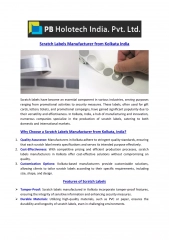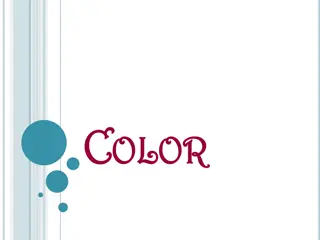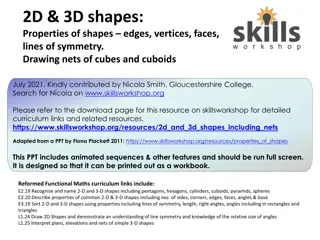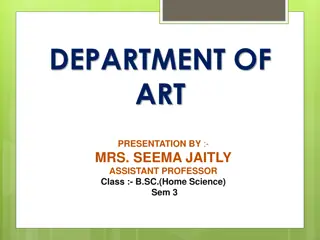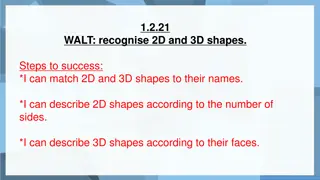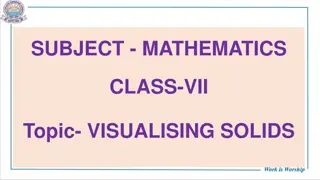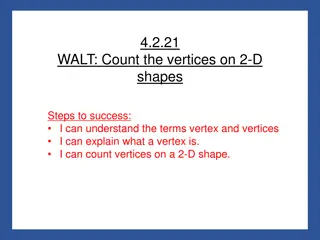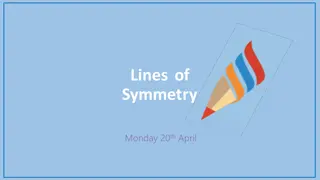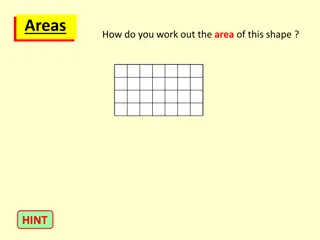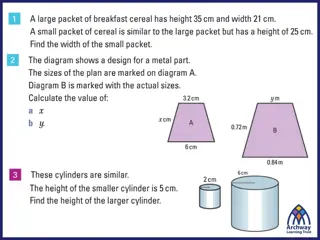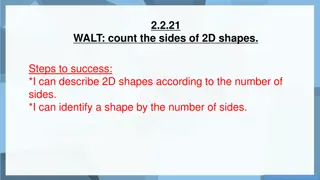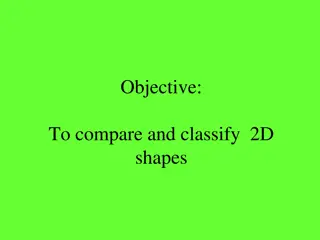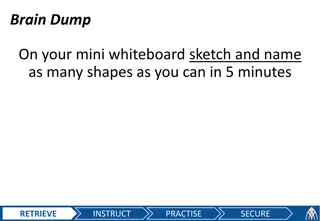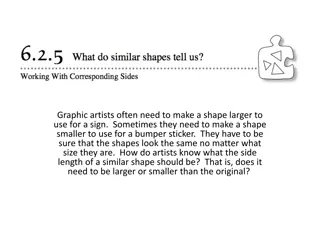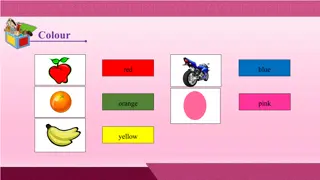Introducing Scratch the Cat: Shapes and Colors
Discover how Scratch the Cat helps in learning computer programming through shapes and colors. Explore the process of writing programs to make computers perform tasks, and witness Scratch drawing shapes. Follow step-by-step instructions to draw a square and learn key concepts in programming with Scratch.
Download Presentation

Please find below an Image/Link to download the presentation.
The content on the website is provided AS IS for your information and personal use only. It may not be sold, licensed, or shared on other websites without obtaining consent from the author.If you encounter any issues during the download, it is possible that the publisher has removed the file from their server.
You are allowed to download the files provided on this website for personal or commercial use, subject to the condition that they are used lawfully. All files are the property of their respective owners.
The content on the website is provided AS IS for your information and personal use only. It may not be sold, licensed, or shared on other websites without obtaining consent from the author.
E N D
Presentation Transcript
Chapter 5 Design and Analysis of a Laminate The Drive Shaft Problem Dr. Autar Kaw Department of Mechanical Engineering University of South Florida, Tampa, FL 33620 Courtesy of the Textbook Mechanics of Composite Materials by Kaw
Figure 5.4 goes here FIGURE 5.4 Fiberglass facings with a Nomex7 honeycomb core. (Picture Courtesy of M.C. Gill Corporation, http://www.mcgillcorp.com)
0.6 49 48 0.4 Moisture Absorption (%) Flexural Modulus (GPa) 47 0.2 46 45 0 0 0.1 0.2 0.3 0.4 0 50 100 150 Moisture Absorption (%) Number of Days FIGURE 5.5 Moisture absorption as a function of time and its effect on flexural modulus of a glass/polyester composite rod. (Reprinted from Quinn, J. A., in Design with Advanced Composite Materials, Phillips, L.N., Ed., 1990, Figure 3.10 (p.91) and Figure 3.11 (p.92), Springer-Verlag, Heidelberg.)
80 70 [45/-45/15/-15]s Residual Strength (Ksi) 60 50 40 30 1.00E+04 1.00E+05 1.00E+06 1.00E+07 Cycles FIGURE 5.6 Normal and shear stresses at the interface of bottom surface of top ply in a four-ply laminate. (Reprinted from Pagano, N.J. and Soni, S.R., in Interlaminar Response of Composite Materials, Pagano, N.J., Ed., 1989, p.9, Elsevier Science, New York, with kind permission from authors.)
80 70 [45/-45/15/-15]s Residual Strength (Ksi) 60 50 40 30 1.00E+04 1.00E+05 1.00E+06 1.00E+07 Cycles FIGURE 5.7 Comparison of residual strength as a function of number of cycles for two laminates. (Reprinted from Pagano, J.J. and Soni, S.R., in Interlaminar Response of Composite Materials, Pagano, N.J., Ed., 1989, p.12, Elsevier Science, New York, with kind permission from authors.


